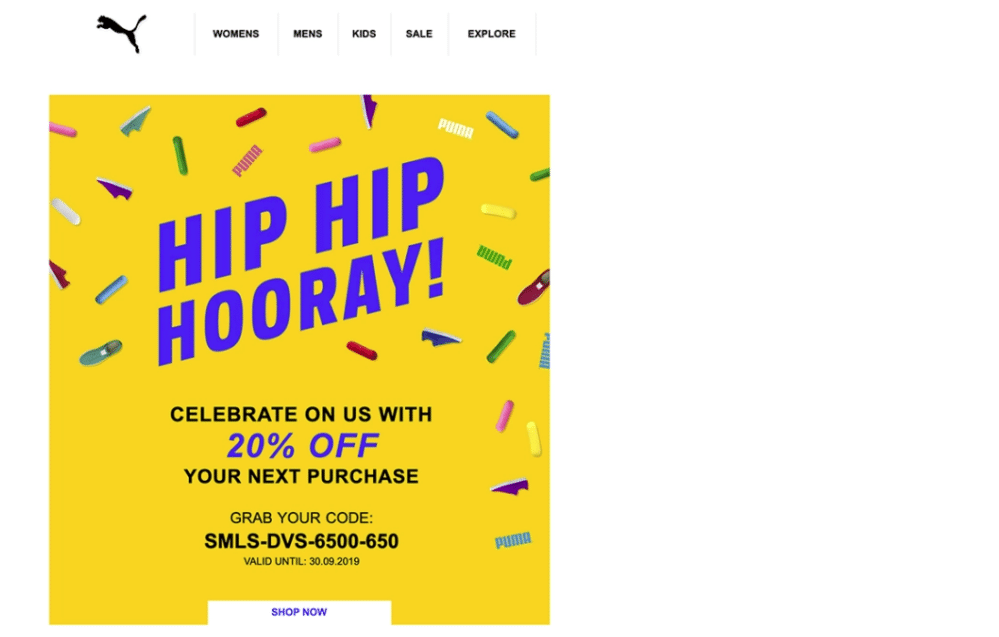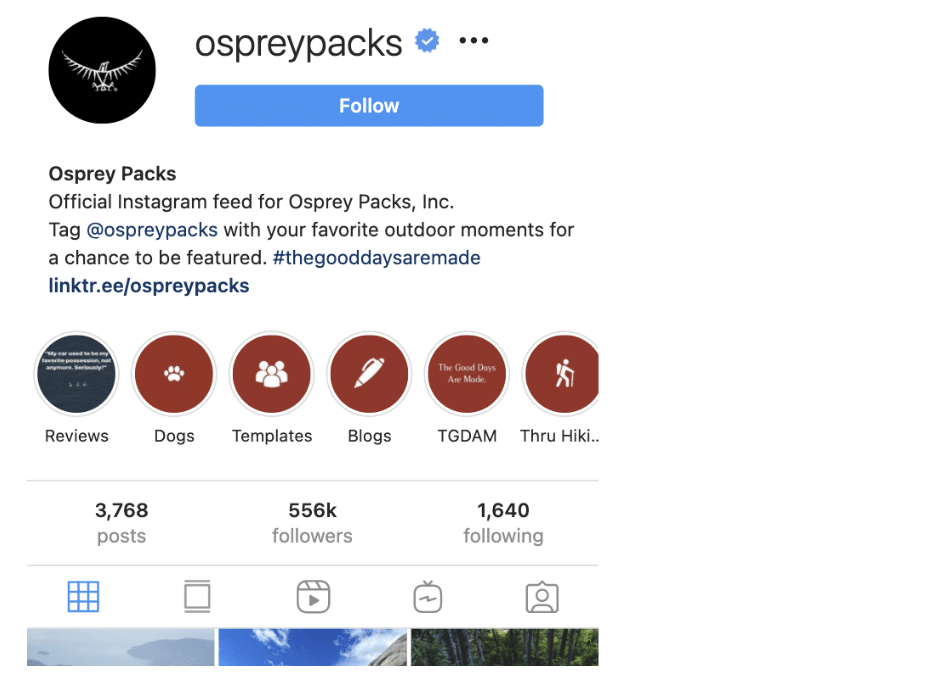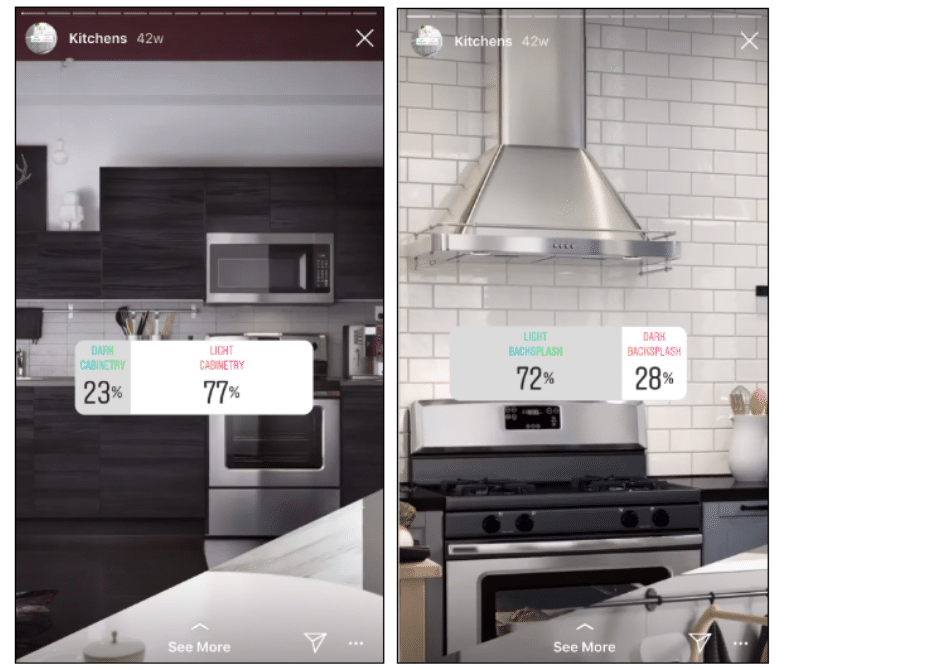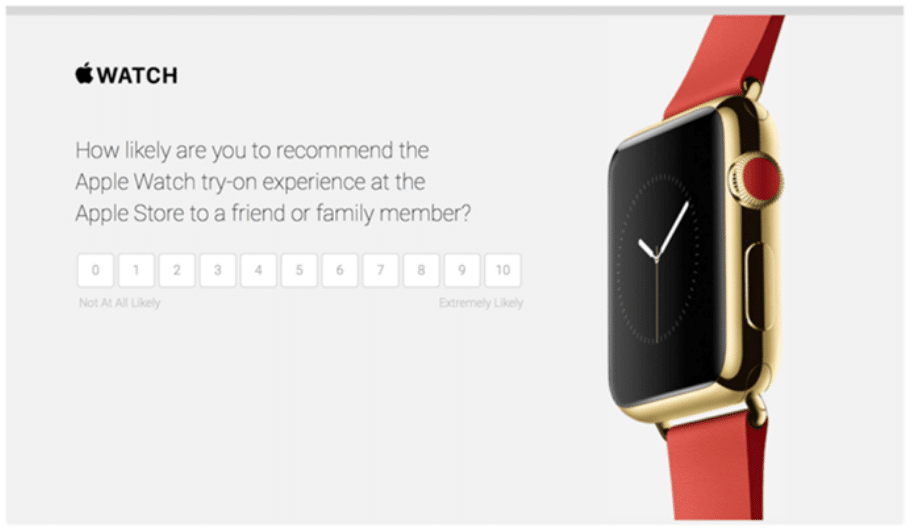Gone are the days of television and print ads being the do-all and end-all of marketing. With the rise of social media and customers becoming increasingly vocal about what they want from their products, static marketing is simply a thing of the past.
Interactive marketing is a two-way communication approach where the brand’s marketing efforts are based on the customers’ behaviors and responses to them.
If you are looking to engage your audience with interactive marketing that converts, this post is for you.
A person is exposed to somewhere between 6000 to 10000 ads and promotional messages on a daily basis. This overwhelming experience has made people both insensitive to and adept at ignoring them.
A better way to make your message stick with your audience is to engage them with what you do. That’s why we see a consistent rise in interactive marketing practices. It’s built around the idea that every step a brand takes is based on how the customer responds to the previous effort.
An interactive marketing strategy is also a way for brands to keep the content they produce fresh and relevant. Engaging content is far more likely to get you customers than static, marketers believe.
Here are some of the ways you can incentivize your content with interactive marketing:
1. Drip email marketing
Perhaps the most proactive way to engage with your audience is drip email marketing. It is the act of sending pre-written emails to a set of subscribers in a scheduled manner where every subsequent email is based on the response to the previous one.
Ninety-three percent of B2B marketers prefer email to distribute content, but more importantly, 72 percent of customers also prefer receiving emails when it comes to business communication. It’s a medium of communication your customers themselves prefer.
Since you are communicating one-on-one with your customer, you have the option to be as personalized as you can. The above example of a birthday email from Puma does just that. The customer knows they are the only one receiving this message, and likely to go for the exclusive deal offered to them.
There are many kinds of drip emails that are categorized based on the “trigger action” of the prospective customer:
- Welcome emails are sent as soon as a person subscribes to your mailing list.
- Abandoned cart emails are sent to people who add items to online shopping carts but don’t purchase them.
- Retargeting emails are meant to interest a user who has stopped interacting with you.
- Unsubscribe emails are a last effort to engage a customer who has opted out of receiving emails from you.
- Post-purchase emails are meant to keep a customer interacting with you after they have made a purchase.
2. Reviews from users
Getting reviews from users can be tricky. Even if people like your product, they may not want to put the effort into going to a platform and telling everyone about it. One way to overcome this hurdle and engage with them is to reward them for it.
Don’t simply ask for a review, let them know what they are to gain from it. The above example shows Osprey Packs displaying user reviews in Instagram stories and then immortalizing them as highlights.
People can become a part of a popular page by simply sharing their reviews of it—that’s a lucrative offer anyone would want to get their hands on, especially if you have already purchased said product.
Some brands offer reward points and deals as well in exchange for reviews. Another way to get reviews is to make the process easy for your consumer. Instead of directing them to a website, let them write it in the reply to a post-purchase email or in a space provided.
3. Reviews from influencers
This isn’t exactly sponsored content. People can see through it when someone is paid to gush about a product. Brands have come around it by sending a product to an Influencer and asking for their honest opinion.
Streaming website AMC+ asked a popular movie reviewer on YouTube to talk about their upcoming show.
Yet again, another streaming website Amazon Prime had a YouTube Influencer live-tweet while watching one of their films. Both Influencers weren’t exactly positive about the respective properties and gave their honest views.
So what did the companies gain from it? Well, they turned these popular Influencers into consumers of their products and have them give honest reviews. Those reviews were in turn seen by their wide fan bases, giving the show and movie much-needed publicity.
You can also try this approach by proposing to send samples of your products to popular internet personalities and ask them to give a review. The risk here is that the Influencer may give a negative review, though that risk stands with every customer you ever make. The payoff is much bigger in this approach.
4. Repurpose content into interactive experiences
Creating eye-catchy content is not an easy task. It certainly doesn’t mean that once you create something on a topic, you cannot touch it again. Social media, especially, enables artful repetition. You have to keep repeating your brand’s story over and over—in as many ways as you can.
Take a look at this article about social media managers’ mental health with no comment section to allow readers to give their reactions. The same article was repurposed into a social media post where people can interact with it better.
The takeaway here is that your business should look into your content archive and repurpose content pieces into interactive ones. Articles can become social media posts, an FAQ section can become a live Q&A video, possibilities are endless.
It helps regulate your content in the best way. The successful pieces of content get extended life and the not-so-successful bits get another chance to shine. Most importantly, you get to experiment around and see what engages your customers and what doesn’t.
One important thing you need to keep in mind while repurposing your content is to make it accessible. For that you can transcribe your videos and audio files into text using an audio to text transcription software. In fact there are several instances where accessing a text file is more convenient than audio file.
5. Polls
Polls are an excellent way to engage your audience with minimal effort on their part. Other options such as asking for reviews can put the customer off if they don’t want to put in any effort.
The biggest appeal of using polls comes with the fact that your customers have to simply click once and they are done! Their participation is counted in and appreciated.
The Ikea poll in the above example is about what kitchen style consumers prefer. Firstly, it is completely visual and requires very little effort from the users. Secondly, the poll results help the brand gauge what their audience wants.
Polls require just as little effort from the brand as well. They are quite easy to make and platforms like Instagram have entire formats dedicated to them. So, they can be used when you need to post something at a short notice.
6. Ask questions
There is no better way to make use of the two-way communication you have with your customer than by simply asking them questions. Ask them questions about everything. Be it about their likes and interests to tailor your products better for them. Or questions about what they want from you in the future.
Ask them what your previous interactions were like for them and how you can be better. These questions make the customer feel valued and create the desire to give honest opinions.
Though you should take care to ask simple questions. Customers are much less likely to answer questions that are vague or require detailed answers.
Instead of asking something like “What would you like to receive in future emails?”, try asking “Would you like to receive tips and tricks in the future emails?” The latter asks a simple ‘yes or no’ question the customer can answer right away.
7. Get yourself rated
Getting yourself rated by your consumers is a simple way to interact with them. It doesn’t require as much effort on the part of the consumer as a review. Many consumers find it hard to put their experience in words as well.
This is why a consumer is much more likely to rate a product than write a review for it. Rating takes very little time on their part and gives you a much better idea of their experience with you than, say a ‘yes or no’ question.
There are many ways to get yourself rated. You can have the option on your website, in your follow-up email after a purchase, or even on social media. The above example of Apple is their Net Promoter Score (NPS) system.
Instead of asking how their experience was, the above example asks consumers how likely they are to recommend it to others. It’s worded differently and lets the brand know how loyal a customer will be for them.
Conclusion
At the end of the day, the biggest boon of interactive marketing comes with the ability to experiment and learn as you go along. Be quick to adapt to better approaches and drop something that doesn’t work.
Marketing trends are always changing and the only way to stay ahead of the curve is to be vigilant and proactive in your approach. Interactive marketing gives you the opportunity to do just that.
Let us know in the comments section how you have been engaging your audience and which approach works best for you.







